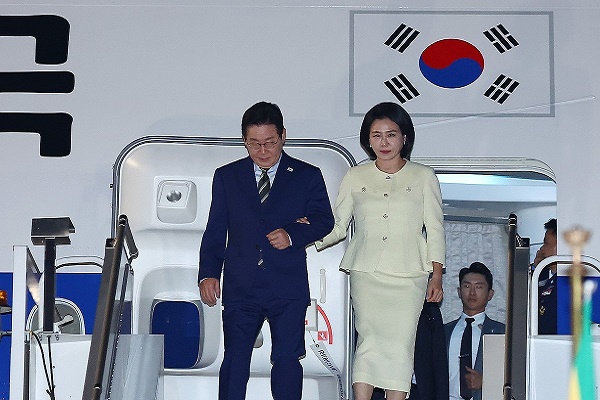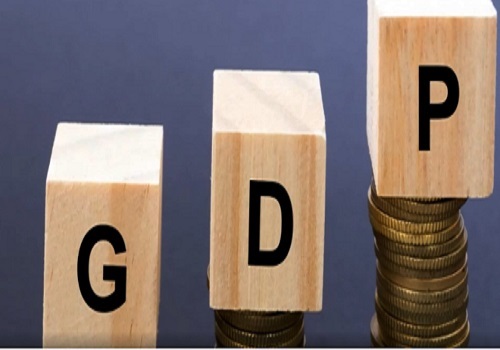BFSI Sector Update : Lower payouts linked to CLSS subsidy to ensure higher YoY FY24E AUM growth - ICICI Securities

Introduction of the credit-linked subsidy scheme (CLSS) by the government in 2015 improved affordability of home loans for EWS and LIG population groups. This is reflected in CLSS-linked loans to the two groups accounting for 4% each of total home loan disbursements in FY21 and FY22. Though the scheme was discontinued in FY22, demand for affordable home loans remained strong in both FY22 and FY23. AUM growth for housing finance companies (HFCs) was at 13% YoY in FY22 and 14% in FY23 (for select companies – refer table 4) despite increasing subsidy payouts under CLSS, which remained at 4% of total HFC disbursements in FY22.
While affordable housing finance companies (AHFCs) continued to deliver robust growth in FY23, lower subsidy-linked payouts in FY24E are likely to ensure FY24E AUM growth outpacing FY23. Repayment rates during FY22-FY23 remained at an average of 18% vs 15% during FY20-FY21 for Aptus, Aavas, Home First, and Repco due to increasing repayments under the CLSS. Within the AHFC space, Home First was the biggest beneficiary of the scheme as reflected in subsidy repayment of 5% (of o/p AUM) vs 2% for Aavas and 0.3% for Aptus. Given that subsidy repayment would likely be lower / nil FY24E onward, HomeFirst is likely to deliver highest AUM growth amongst peers Aavas and Aptus.
The HFC space has seen outperformance by AHFCs – Aptus, Aavas and Home First delivered ~28-40% AUM CAGRs during FY18-FY23, thereby displaying their expertise in small-ticket housing finance. Further, banks’ aversion to the low-ticket (operationally intensive) informal segment housing finance paved the way for AHFCs to make inroads into the Rs72trn housing finance space. Over the years, AHFCs have carved a niche in financing unserved / underserved population segments due to deep distribution networks, better understanding of the demographics and expertise in underwriting loans to the segments and generally to self-employed borrowers.
* Introduction of CLSS in 2015 improved affordability for EWS and MIG population groups... In 2015, as part of its ‘housing for all’ initiative, the government introduced a subsidy scheme called CLSS – a direct financial benefit extended to low- and medium- income households if they are purchasing their first house. Total number of beneficiaries under CLSS between FY16-FY22 stood at 2.3mn households with total released subsidy of Rs371bn. Gujarat (27.4%) and Maharashtra (26.5%) remained the largest beneficiaries receiving >50% of cumulative CLSS subsidy disbursements as of Sep’22. Given that the scheme was targeted towards EWS and LIG segments, AHF players gained the maximum advantage as they are pioneers in serving the targeted customer groups. Aptus, Aavas and Home First delivered ~28-40% AUM CAGRs during FY18- FY23.
* ...however, credit demand remains strong even after closure of the scheme in FY22. While the CLSS subsidy was one of the major drivers of home-loan demand, especially in small-ticket housing, the underlying business trend continues to be strong as reflected in HFCs delivering 14% YoY growth in FY23. AHFCs’ AUM growth remained at 2x the sector growth – Home First at 34%, Aptus 30% and Aavas 25% in FY23. Considering the robust disbursement in FY22 growth in affordable housing and strong demand from tier-2 and beyond cities (average ticket-size of <Rs1.5mn as per CRIF), we believe the currently strong loan growth momentum in the AHFC space is likely to sustain over FY22-FY30E.
* Home First well placed to deliver higher growth given high share of CLSS payouts in FY23. Home First, Aptus and Aavas delivered strong AUM growth of 32%, 29% and 22% respectively between FY21-FY23, despite upfront CLSS-linked repayments by customers. In FY23, CLSS repayment was 5% of opening AUM for Home First, 2% for Aavas and only 0.4% for Aptus. Considering that the CLSS scheme was closed in FY22 and bulk of subsidy disbursement was done in FY23, we expect lower subsidy repayments in FY24E resulting in lower overall repayment ratio for AHFCs. Average repayment ratio was 18% for the three AHFCs during FY22-FY23 vs 15% during FY20- FY21. Given Home First’s higher share in CLSS disbursements, its repayment rate was highest at 22% in FY23 and this is likely to normalise in FY24E leading to higher growth in the current financial year.
To Read Complete Report & Disclaimer Click Here
For More ICICI Direct Disclaimer http://icicidirect.com/disclaimer.html
SEBI Registration number is INZ000183631
Above views are of the author and not of the website kindly read disclaimer




















